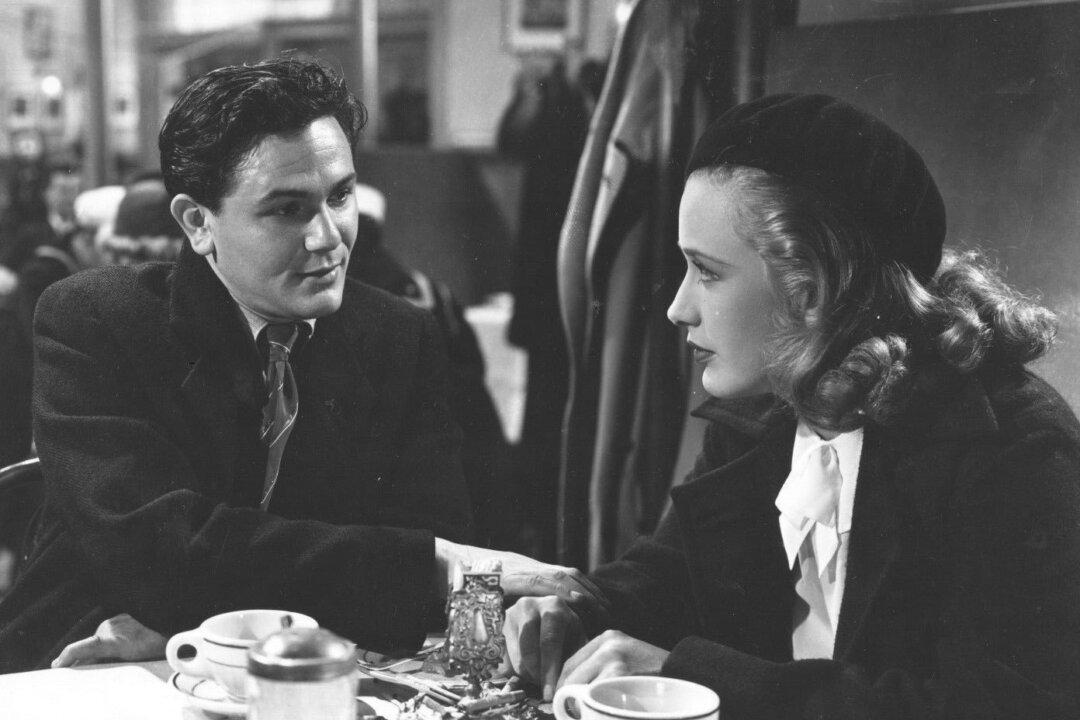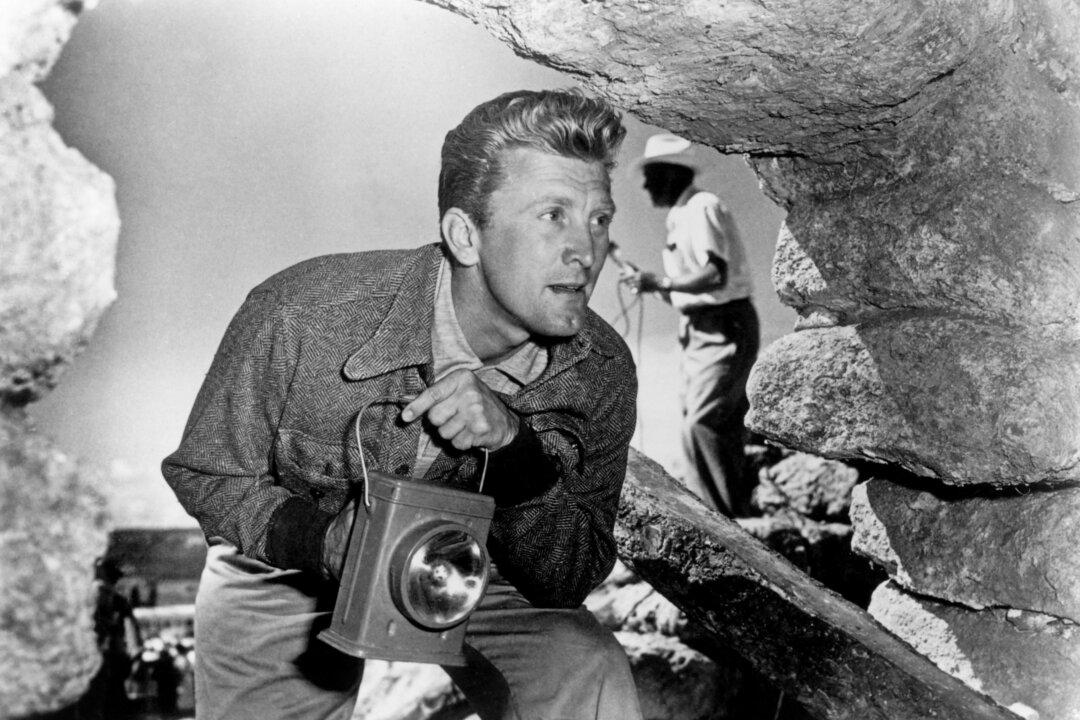Comparing two film versions of the same story is always interesting, since it can be entertaining to see what was changed and guess why. Many classic films were remade several decades later, and in many cases, the two movies have little in common. As a classic film fan, I always will prefer a movie made in the 1930s, 40s, or 50s to a movie made in the 1980s, 90s, or 2000s.
It’s much more difficult to choose a favorite when both the original film and its remake were released during the Golden Era of Hollywood. Many successful films from the 1930s or 40s were remade fewer than 20 years later. In that mode, here are two classic film versions of the same story.






